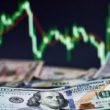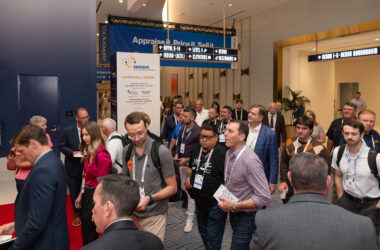As the financial world awaits Wednesday’s announcement from the Federal Reserve on interest rates, the latest economic trends are mixed, especially in the used vehicle market.
Spending on vehicles overall was up 15 percent in the latest week of data shared by Cox Automotive Chief Economist Jonathan Smoke in his biweekly market update.
Dealertrack shows used retail sales were up 3 percent compared to last year. That was while new car sales took a hit.
Interest rates continue to climb, with the average used rate up to 12.88 percent.
“The volume weighted average used auto loan is up 52 basis points,” Smoke said. “It is up 348 basis points from a year ago. That change in rates causes payments to increase by 10 percent.”
Used car inventory remains tight. It was down 14 days year over year and nine days since December.
Cox’ numbers also show used car wholesale prices increasing slightly last week, while retail prices decreased 0.6 percent.
“The year has started very differently from last year with mixed trends, with retail declining and wholesale increasing,” Smoke said.
“The story of the month is the improving activity in the used market.
Jonathan Smoke, Cox Automotive Chief Economist
“The story of the month is the improving activity in the used market. That activity in the current tight supply led to improved activity at the wholesale level. That demand has caused an increase in wholesale prices to start the year. It doesn’t look like this is likely to continue.”
Smoke pointed to other economic factors expected to impact demand in the coming weeks, including the interest rate hikes and gas prices increasing.
Consumer sentiment declined 0.5 percent in the past week, according to Morning Consult. For January, sentiment is down 2.2 percent. That follows gains in November (2.6 percent) and December (4.3 percent).
“The index is down 5.5 percent year over year,” Smoke said.
Consumer spending continues to increase, up 24 percent from last January on credit and debit cards, according to Verisk. Spending on travel, dining and recreation led the increases in spending.
Unemployment remains low, with data showing 88,000 fewer on traditional unemployment benefits than before the pandemic — 1.68 million.
There has been a steady climb in unemployment in the past two weeks, with increases in California, New Jersey, Illinois, Minnesota, Rhode Island and Alaska standing out.










